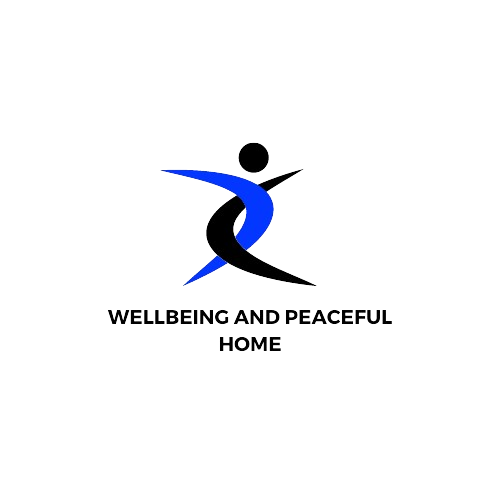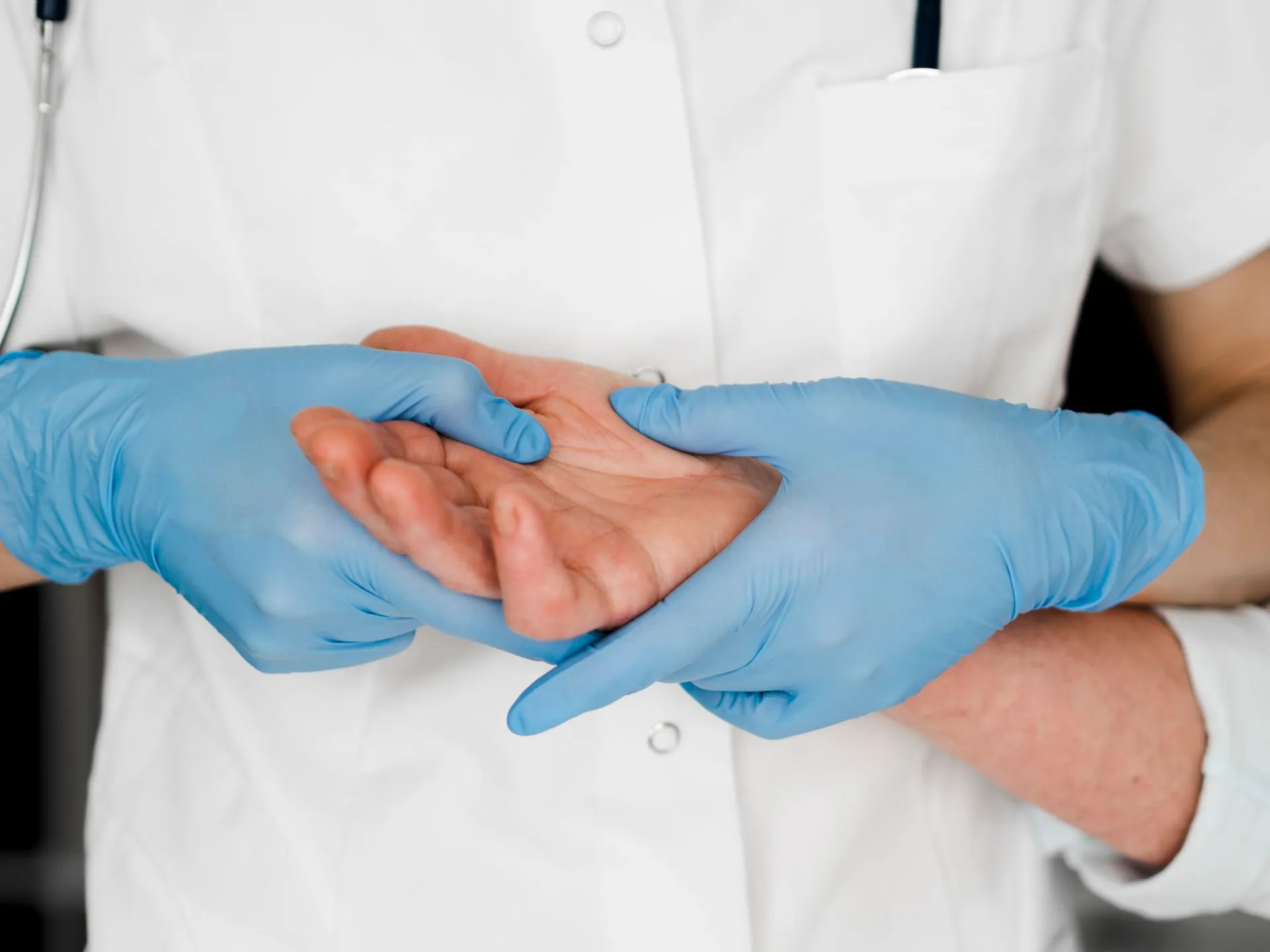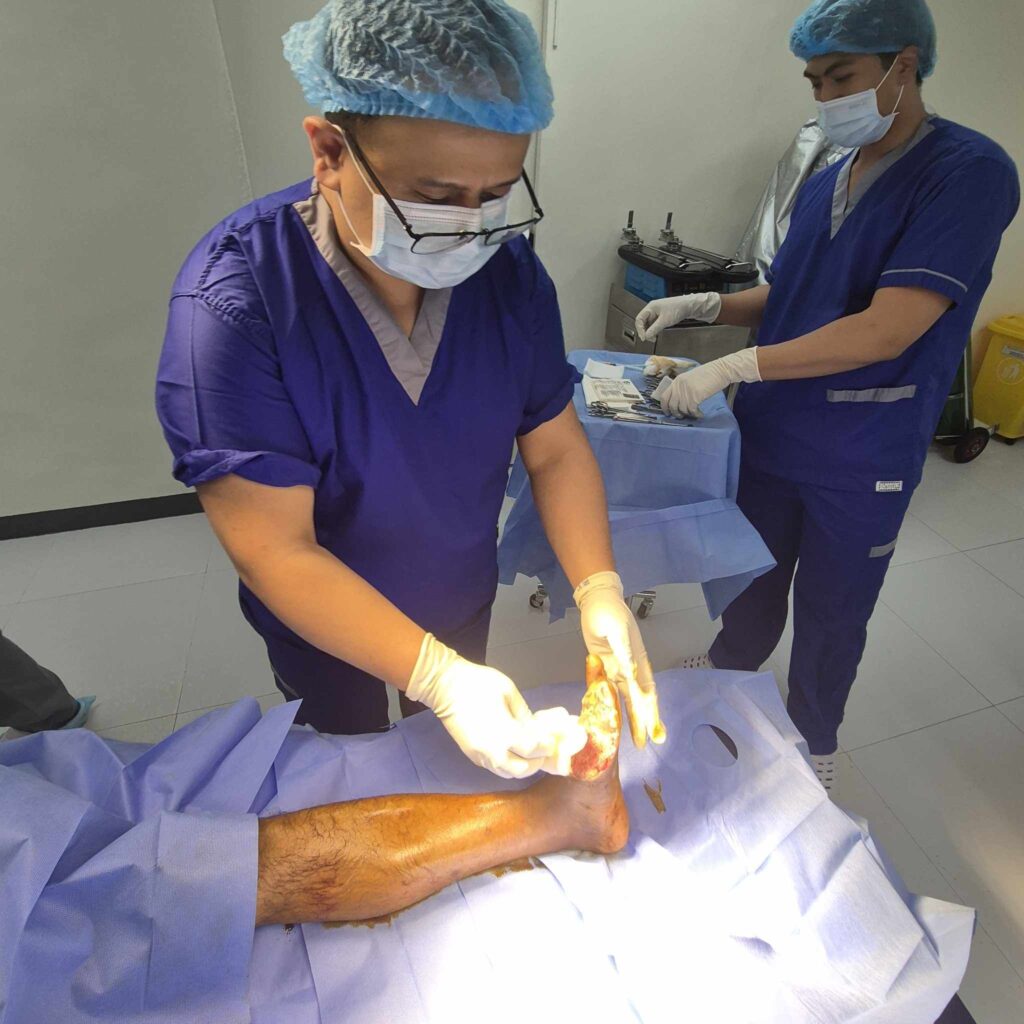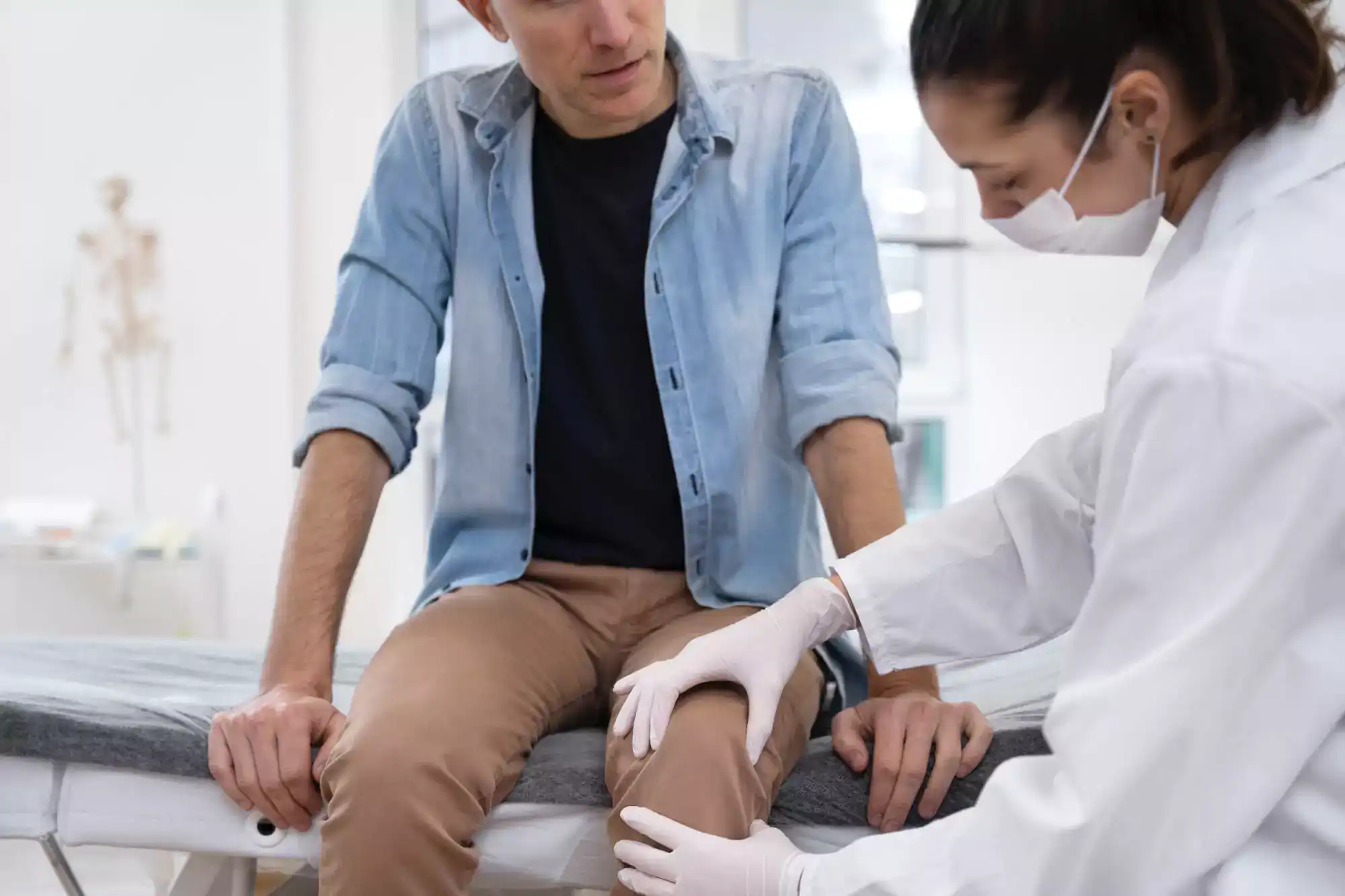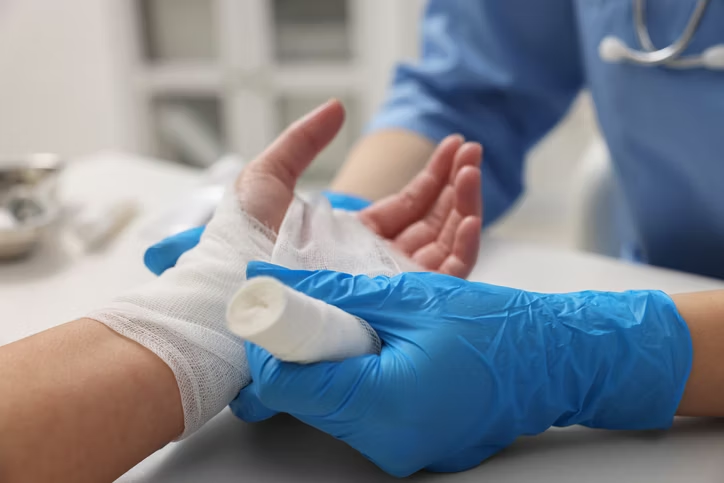Low back pain is a prevalent condition that affects millions of people worldwide. Understanding its causes, symptoms, and treatments is essential for effective management and relief. In this blog, we’ll explore what low back pain is, common causes, symptoms, and how to prevent it, helping you take proactive steps toward a healthier back.
What is Low Back Pain?
Low back pain refers to discomfort or pain in the lower back area. It can be categorized into two types: acute low back pain, which lasts for a few days to weeks, and chronic low back pain, which persists for 12 weeks or longer. Knowing the difference can guide you in seeking appropriate treatment and understanding your condition.
Common Causes of Low Back Pain
Mechanical Issues: Mechanical issues are often the primary cause of low back pain. Poor posture, lifting heavy objects incorrectly, and sudden movements can lead to strains and injuries in the back. Maintaining proper alignment while sitting and standing can significantly reduce the risk.
Medical Conditions: Various medical conditions can also contribute to low back pain. Sciatica, caused by pressure on the sciatic nerve, can result in sharp pain radiating down the leg. Herniated discs occur when spinal discs bulge and press on nerves, leading to severe discomfort. Additionally, degenerative disc disease and conditions like spondylolysis and spondylolisthesis can create persistent pain.
Symptoms of Low Back Pain
Low back pain manifests in different ways. Some people experience a dull, aching sensation, while others may feel sudden, sharp, or shooting pain. Symptoms can interfere with daily activities, making it challenging to walk, sleep, or work. Recognizing these symptoms early is crucial for timely intervention.
Diagnosis of Low Back Pain
Diagnosing low back pain typically involves a thorough physical examination and possibly imaging tests, such as X-rays or MRIs, to identify the underlying cause. Understanding the reason behind the pain can guide effective treatment strategies.
Treatment Options for Low Back Pain
Home Remedies: Many people find relief through home remedies. Resting, applying ice or heat, and taking over-the-counter medications can help manage pain and inflammation. Simple exercises and stretching can also promote healing.
Physical Therapy: Physical therapy plays a significant role in treating low back pain. A trained therapist can design a customized exercise program to strengthen back muscles and improve flexibility, helping to alleviate pain over time.
Medical Interventions: For more severe cases, medical interventions may be necessary. Prescription medications, corticosteroid injections, or even surgery might be recommended based on the diagnosis.
Alternative Treatments: Many individuals explore alternative treatments for low back pain relief. Chiropractic care can realign the spine, while acupuncture and massage therapy offer additional relief by targeting muscle tension and pain.
Prevention of Low Back Pain
Preventing low back pain involves maintaining good posture, engaging in regular physical activity, and using proper lifting techniques. Strengthening core muscles can also provide better support for the back.
When to See a Doctor
It’s essential to recognize when low back pain requires medical attention. If you experience persistent pain, weakness in your legs, or bowel/bladder dysfunction, seeking a healthcare professional is crucial. Early intervention can prevent more severe complications.
Takeaway
Low back pain is a common issue, but understanding its causes and treatment options can empower you to take control of your health. Whether through home remedies, physical therapy, or medical interventions, various strategies can help manage and prevent this condition.
